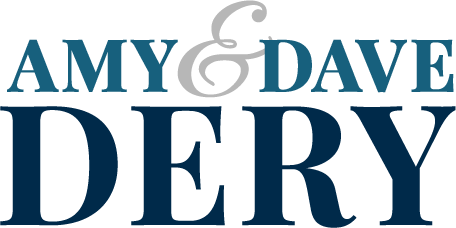Construction costs in the valley are high, but the business concept of Lindsey Love and Lindsay Schack, of Love Schack Architecture, aims to make those costs pay off in the long run.
A “passive house,” as they’re known, “can cost more than a typical single family home,” said Schack, “but then the maintenance of the home can be ten percent of one.”
Love Schack Architecture is based in Teton Valley and in Gallatin Valley, Montana. Schack is a certified consultant for the Passive House Institute-US, a research firm which works toward the standard of “[cutting] energy consumption by 60-80 percent compared to code buildings.”
Speaking at the Teton Valley Business Development Center’s Chance Meetings event on Tuesday, Schack said she and Love strive to offer clients options to improve air quality in their homes, establish a consistent air temperature, and generally, create a well-lit, energy-efficient, comfortable and healthy environment in which to live.
Passive houses are designed and built using a system that combines super insulation, efficient solar orientation, high-performance windows and doors and continuous, balanced ventilation.
Even if you’re not in the position to build a new home from the ground up, Schack says there are little things people can do to make their current living spaces more energy efficient.
“There’s a lot you can do if you’re trying to get as close to your budget as you can,” she said. “We can offer steps and ways to be smart about design that help [people] save money while they’re living in their house.”
Passive building, according to Schack, is the mainstream building system in Europe. She said, however, that “passive house” is actually a misnomer, as the design system is really very active. Passive building takes into account basic elements such as body heat and emissions from appliances to “minimize the load that renewables are required to provide.”
Love, who lives in a straw bale house she built in Driggs, specializes in using natural materials in building projects. She strives to use such components as earth, wood, clay, sand and straw as viable building materials to promote healthy living.
“[Regardless] of where your goals are financially,” Love said, “there’s always a way to do things more naturally.”
Schack said there’s often a misconception about why hiring an architect is valuable. She explained that architects and consultants are able to streamline the building process which “always results in cost-savings in the long-run.” There’s more clarity, she said, among all the stake-holders, since designers are able to anticipate needs before situations become complicated.
Love Schack Architecture’s objective is to “reduce the stress of operating a home.” They say they want to create beautiful, elegant space that showcases the natural beauty of Teton Valley and is also comfortable, healthy and environmentally conscious.
“There has been a real demand for this,” Schack said. “[Passive houses are] somewhat new to this region, but a lot of builders, designers and homeowners are beginning to realize their benefit.”
This article appeared on the Teton Valley News website on February 11, 2016.
